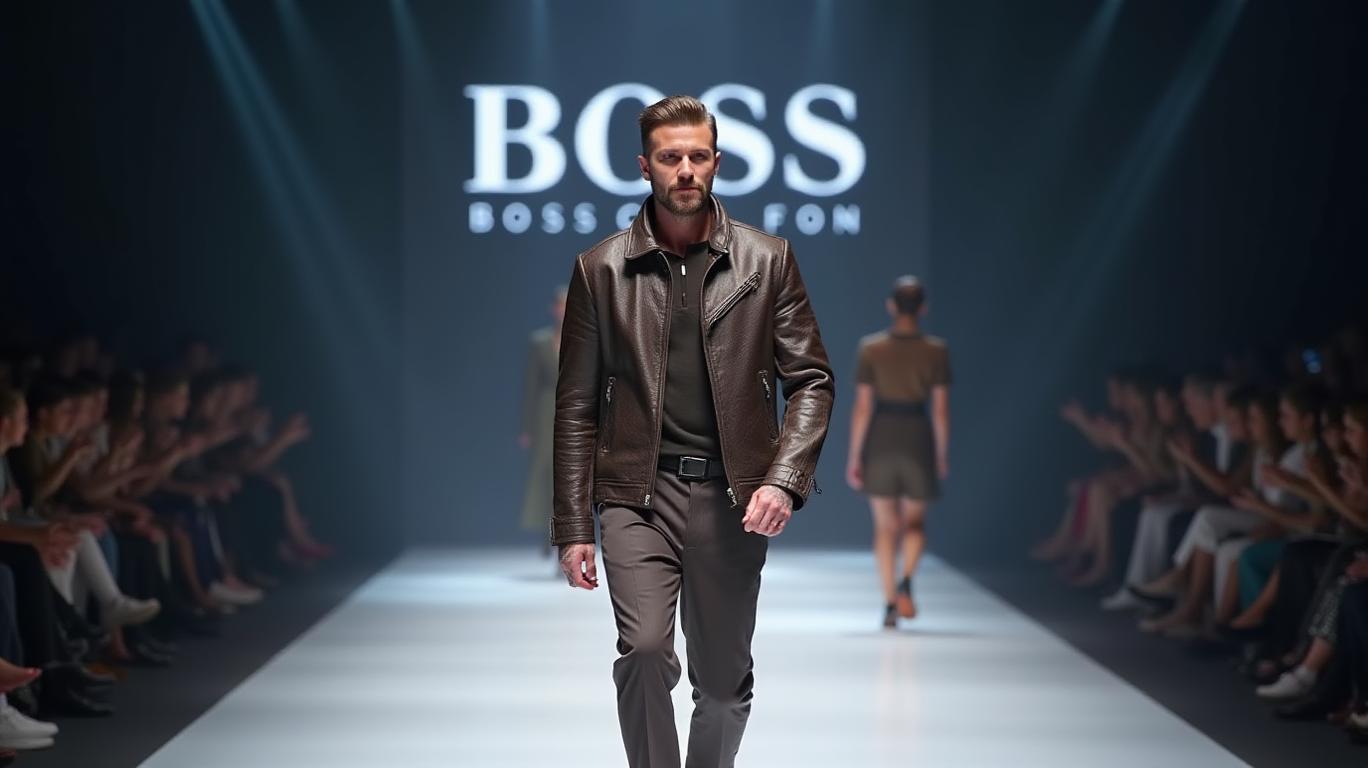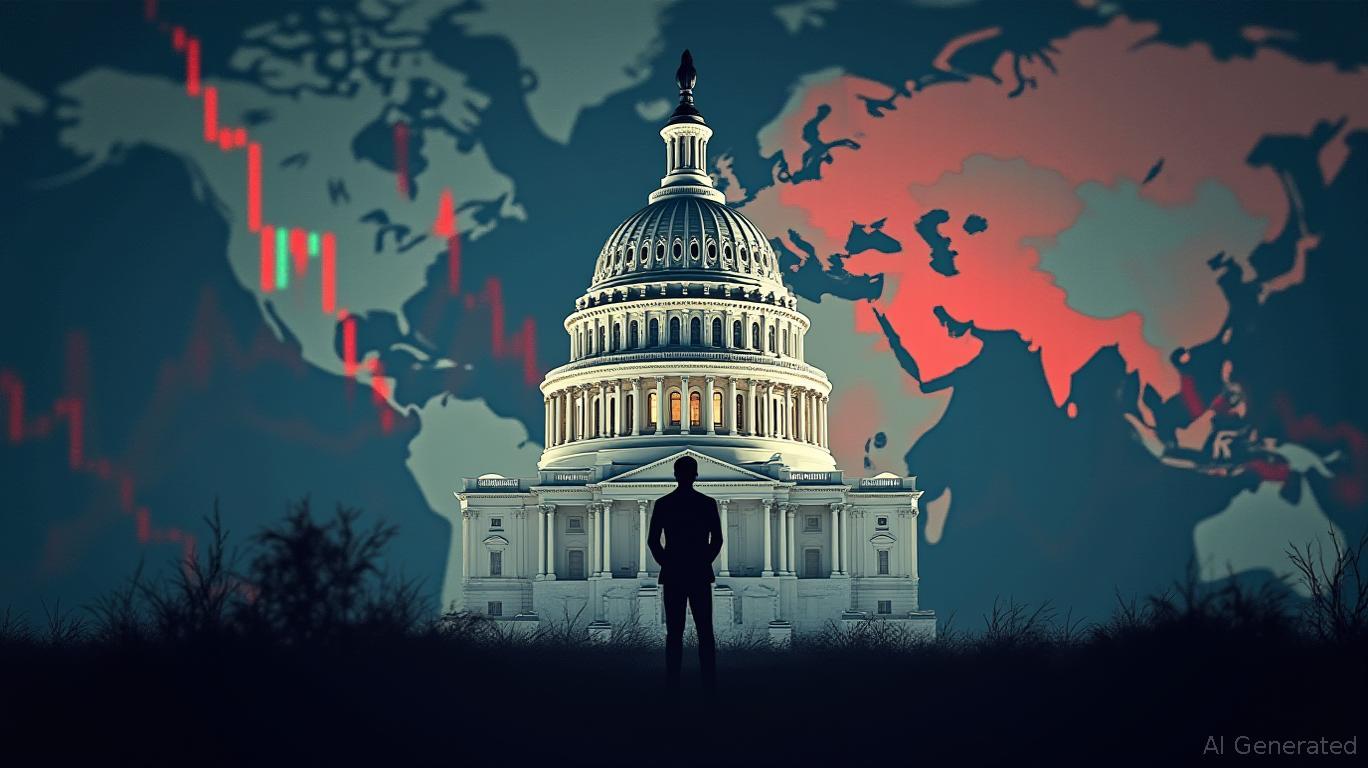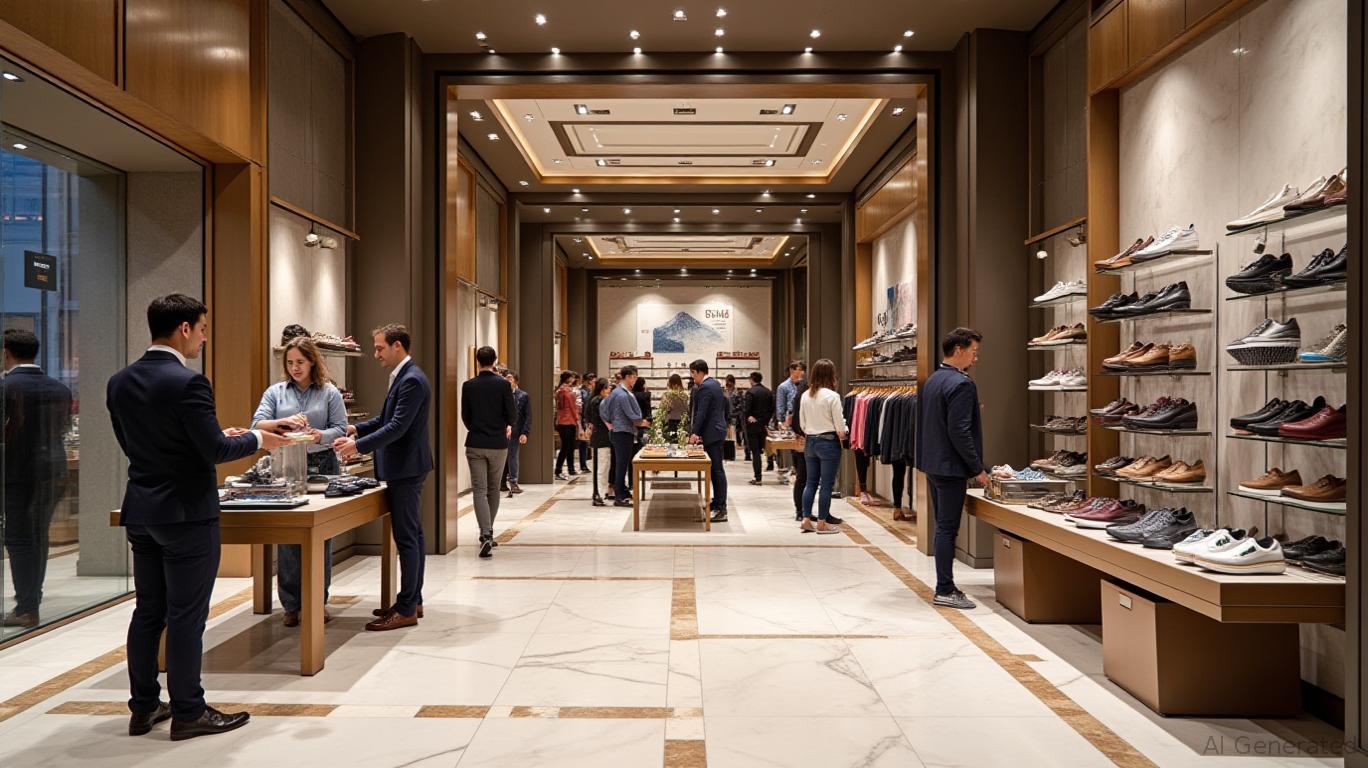Hugo Boss Defies Headwinds in Q1, But Challenges Remain
Hugo Boss’s first-quarter results for 2025 offer a glimpse of resilience amid turbulent global markets. Despite a 2% decline in currency-adjusted revenue to €999 million, the luxury apparel giant surpassed analyst expectations, signaling that its strategic bets—on digital growth, cost discipline, and high-profile collaborations—are paying off. Yet, the broader economic clouds loom large, particularly in Asia.
The quarter’s standout performance came from its digital channels, which grew by 4%, helping offset declines in physical retail (-4%) and wholesale (-3%). This shift underscores a broader trend toward online shopping, even as physical stores face headwinds from weak consumer sentiment. “The company’s digital acceleration is a critical lifeline in a quarter where foot traffic remains sluggish,” said one analyst, noting that Hugo Boss’s e-commerce infrastructure has outpaced competitors in key markets.

Regional Disparities Highlight Risks
While EMEA and the Americas each dipped by 1%, Asia/Pacific sales plunged 8%, driven by lackluster demand in China. This marks a persistent challenge for luxury brands reliant on the Chinese market, where discretionary spending has been muted by lingering economic uncertainties. “Asia’s struggles are a reminder that Hugo Boss’s fortunes remain tied to macroeconomic conditions in key markets,” said the company’s CEO, Daniel Grieder, in a statement.
The Q1 results also revealed the effectiveness of cost management. Gross margins held steady thanks to sourcing efficiencies, while operating expenses remained flat compared to 2024. This discipline allowed EBIT to stay near €61 million, despite the revenue dip. The company reiterated its full-year guidance: Group sales are expected to stay flat (-2% to +2%), with EBIT margins targeting 9.0%–10.0%.
Strategic Moves to Watch
Hugo Boss’s collaboration with David Beckham, launched in April, is a key part of its strategy to rejuvenate its brand. The collection, marketed as a blend of classic tailoring and modern minimalism, aims to attract younger demographics while retaining its core luxury identity. “Beckham’s global star power could be a game-changer for Hugo Boss in markets like the U.S. and Asia,” noted one industry expert.
The company also emphasized its flexible sourcing network, which has insulated it from tariff-related disruptions. This agility, coupled with supply chain investments, positions Hugo Boss to navigate trade volatility better than peers.
The Elephant in the Room: Macroeconomic Uncertainty
Despite these positives, the broader economic climate remains a wildcard. Grieder acknowledged “elevated macroeconomic volatility” as a key risk, particularly in Europe and Asia. With consumer confidence weak, luxury spending could face further headwinds.
Investors should also note that Hugo Boss’s EBIT margin of 6.1% in Q1 lags behind its 2024 target of 9.0%–10.0%. Meeting the annual guidance will require a strong second half, especially in Asia.
Conclusion: A Resilient Core, But Growth Dependent on External Factors
Hugo Boss’s Q1 results are a testament to its operational discipline and strategic focus. Digital growth, cost controls, and high-profile partnerships provide a solid foundation. However, the company’s ability to sustain momentum hinges on stabilizing Asia’s market and navigating global economic headwinds.
With an EBIT margin target of 10% for 2025—up from 6.1% in Q1—the next quarters will require not just stabilization but acceleration. If the David Beckham collection drives a rebound in Asia and Europe, Hugo Boss could outperform its cautious guidance. But until macroeconomic conditions improve, investors should remain cautious. The road to luxury growth, it seems, is still lined with potholes.

_ea5fa73f1750203501414.jpg)
_dab570481750202897772.jpg)







